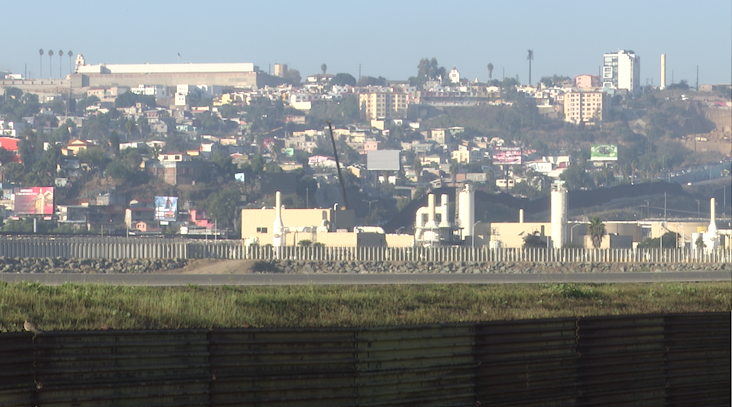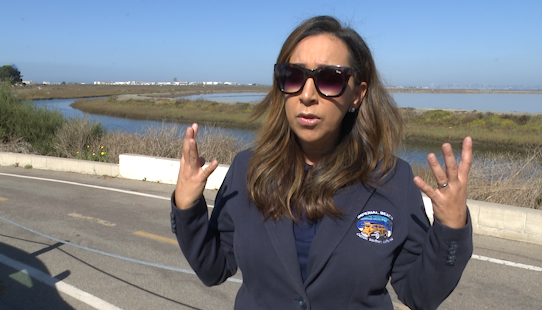Millions for border sewage treatment projects in California stuck in Congress

SAN DIEGO (Border Report) — As you walk along the Tijuana River Valley, it’s hard not to smell the pungent smell of sewage, effluent flowing its way down the valley toward the Pacific Ocean.
It’s been a problem for decades as Tijuana’s sewage infrastructure has failed to keep up with a city that seemingly grew to two million residents overnight. The system constantly spews untreated raw sewage that eventually makes its way north of the border.
In 1999, the International Wastewater Treatment plant was built in the valley just north of the border to help control the problem.
“It captures wastewater from Tijuana, treats it and sends it three miles offshore. Otherwise, if that plant didn’t exist all, all of that untreated wastewater and sewage would run down and impact us here in South San Diego,” said Paloma Aguirre, mayor of Imperial Beach.
California group seeks disaster declaration for Tijuana River Valley ‘sewage crisis’
Aguirre’s city has taken the brunt of the sewage problem as the effluent stains the coastline and its beaches, rendering them off limits to visitors and residents alike.

When the U.S.-Mexico-Canada Trade Agreement was created during the Trump Administration, it set aside money for border cleanup projects including mitigation work in the Tijuana River Valley.

Two years ago, the Environmental Protection Agency announced it had secured $300 million to start cleaning up the valley and upgrading sewage treatment and pump stations in the area.
The funding was to be administered by the International Boundary and Water Commission for work on both sides of the border.
Odor monitoring station measuring ‘sewage smell’ along California-Mexico border
But the money has yet to arrive, stuck in a Republican-controlled Congress, according to Aguirre.
“The uphill battle is to get it through Congress because the House has a Republican majority that doesn’t seem as open to want to approve this funding,” said Aguirre.
The mayor worries if the money doesn’t come soon, it may be too late.
U.S. senators ask for millions to prevent Mexican sewage from flowing into California
“A few months ago, we found out the plant is in a total state of disrepair, that it’s in need of over $150 million worth of repair, so that already ate half of the original $300 million.”
According to Aguirre, there’s a need for an additional $310 million — money President Joe Biden has asked for in an emergency spending bill he proposed recently.
“We’ve been waiting for decades, we’ve been waiting for 20 years to get this issue solved, it’s not rocket science,” she said. “Not to mention the public health of over 750,000 in South San Diego. What we really need is the political will from our president and our governor to champion this issue for us because us as Californians, no one should be living in these conditions.”
For the latest news, weather, sports, and streaming video, head to KXAN Austin.

